Harmony OS is Huawei’s new operating system as the hub of a large ecosystem ranging from home appliances to smartphones to watches and tablets, so here is its features…
Harmony OS features
In Huawei’s rearview mirror, Google is getting smaller and smaller. Each presentation of the Chinese company means a step forward with an eye on the future. While sales of its smartphones are suffering in some countries, the idea of an ecosystem is based on a single operating system: Harmony OS.
This replacement for the Android we all know is the central pillar of Huawei’s ecosystem, which sees Harmony OS as its greatest asset to power all its devices. Smartphones, tablets, and watches are currently the ones chosen to carry the new operating system in their guts, and they will certainly not be the last.
We have already seen the brand’s intention to bring its OS to cars, televisions, the Internet of Things, and even household appliances. In the presentation made by the company today, they have put some examples of how all the electronic devices in a house can be connected and especially with the smartphone as the command center. As we will see later.
In addition to the profound aesthetic redesign of the previous operating systems, the new one aims to ensure that all our day-to-day devices are closely synchronized and have complementary functions. A concept is very similar to what Apple is looking for: iOS, watchOS, macOS, and iPadOS.
One for all
A very important part of today’s presentation focused on showing how Harmony OS helps daily productivity. Thanks to the new devices with the operating system, everything is synchronized. Even the smallest detail is shared among all elements of the ecosystem.
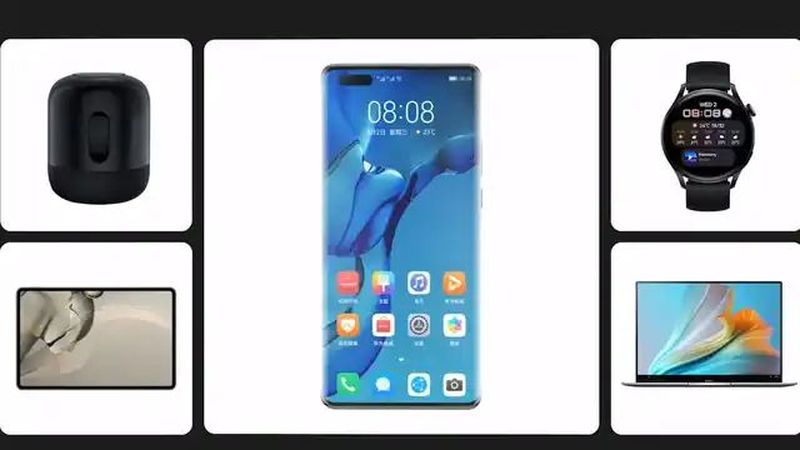
Within that realm, we can share files between devices. It is enough to link them utilizing an NFC tag to start working together. It is possible, for example, to see the smartphone screen on the computer and operate it on a whim with the keyboard and mouse. This link also serves to share files between the two elements, respond to notifications from the computer, and a few other options for working together. And this is just the beginning.
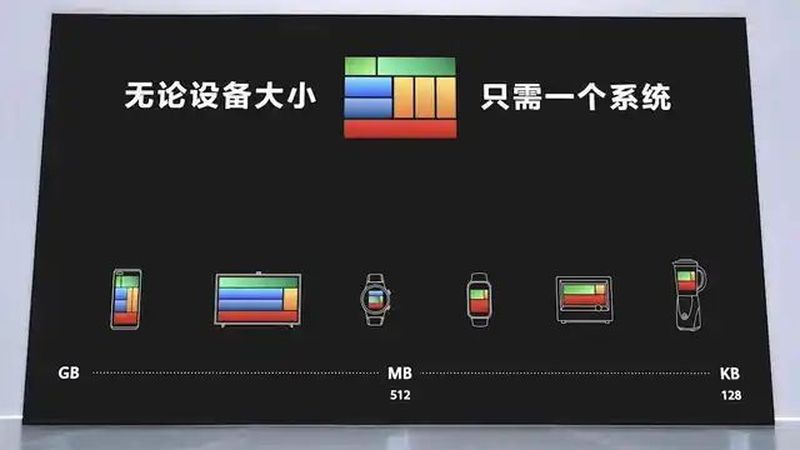
The other core element of Harmony OS is tablets. A category that remains essential for some users and is now enhanced by the new operating system and collaboration options. Using a stylus pen on the tablet and having the strokes reflected on the computer screen as if it were a graphics tablet is one of the functions that have attracted the most attention.
One of the examples that Huawei itself has given in the explanation has to do with health. If we wear one of the company’s wearables, the information is shared to all devices in real-time. Thanks to this we can be exercising on a stationary bike while we see measurements such as heart rate on the tablet.
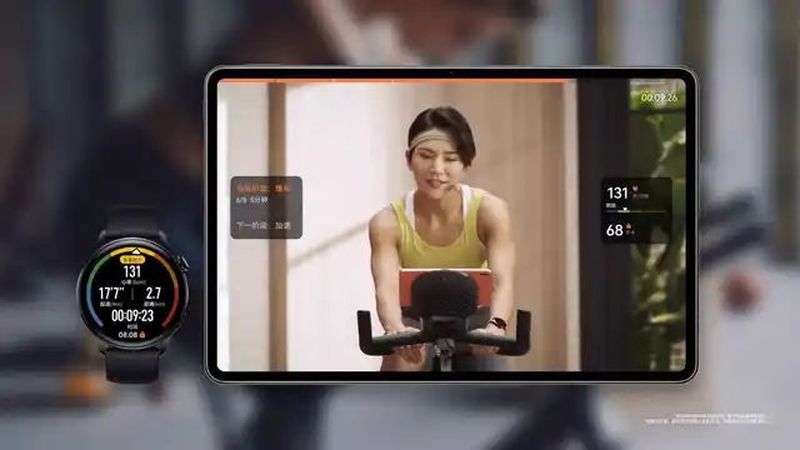
Huawei has found the perfect name to refer to these synergies: Super Devices. Or Super Devices, in some countries. Something like the conjunction of two or more elements of the ecosystem that manage to work together and exchange information from one to another as needed.
Control panel
Since its development began 5 years ago, Harmony OS has been committed to the Internet of Things as another element of the ecosystem of everyday devices. Now, with the arrival of the new operating system officially on smartphones, tablets, and smartwatches, it is also time to unveil what the company had in store for us in this area.
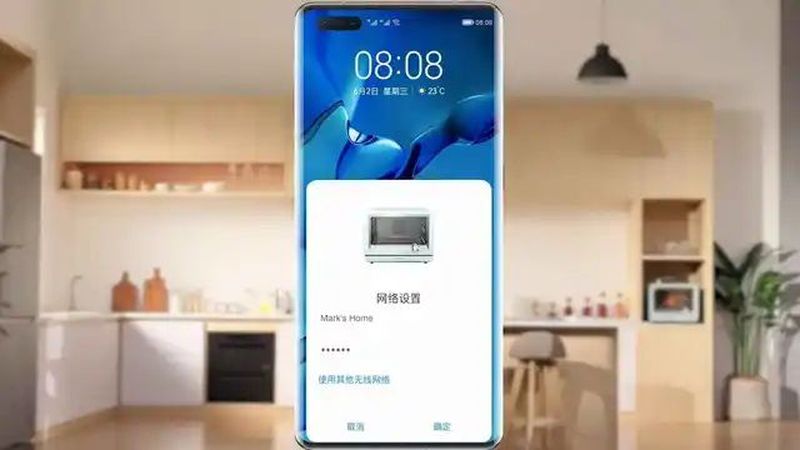
The starring role is played by the Control Panel. A kind of command center with the smartphone as the cornerstone to managing all kinds of electronic devices and appliances.
More and more ovens, microwaves, refrigerators, and dishwashers have systems that provide them with a certain connection. With Harmony OS you only need to bring your smartphone close to the NFC tag to pair it with the appliance. As long as it is compatible, something that Huawei says will be coming soon to some brands.
In this way, we can access microwave recipes, regulate the refrigerator’s temperature, or program the oven. Just a few examples of the kind of ecosystem that Huawei is looking for with its new launch. But, probably, the pinnacle of synchronization between devices is the juice machine.
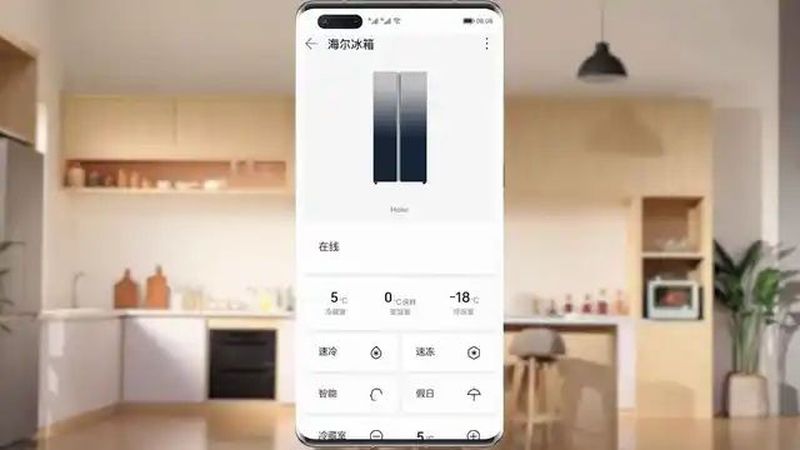
If we grant the relevant permissions, the juice machine will obtain data on our physical health thanks to the physical activity monitoring application that links, in turn, with the smartwatch. This exchange of information will result in recommendations on which juices are suitable for each user, including recipes created by a dietician.
Harmony OS is one of the most important ecosystems – pending further testing – on the current technological scene. All that remains to be seen is whether all the functions announced will be available in Spain or whether some of them will be relegated to the Chinese market, where Huawei has a greater presence.





